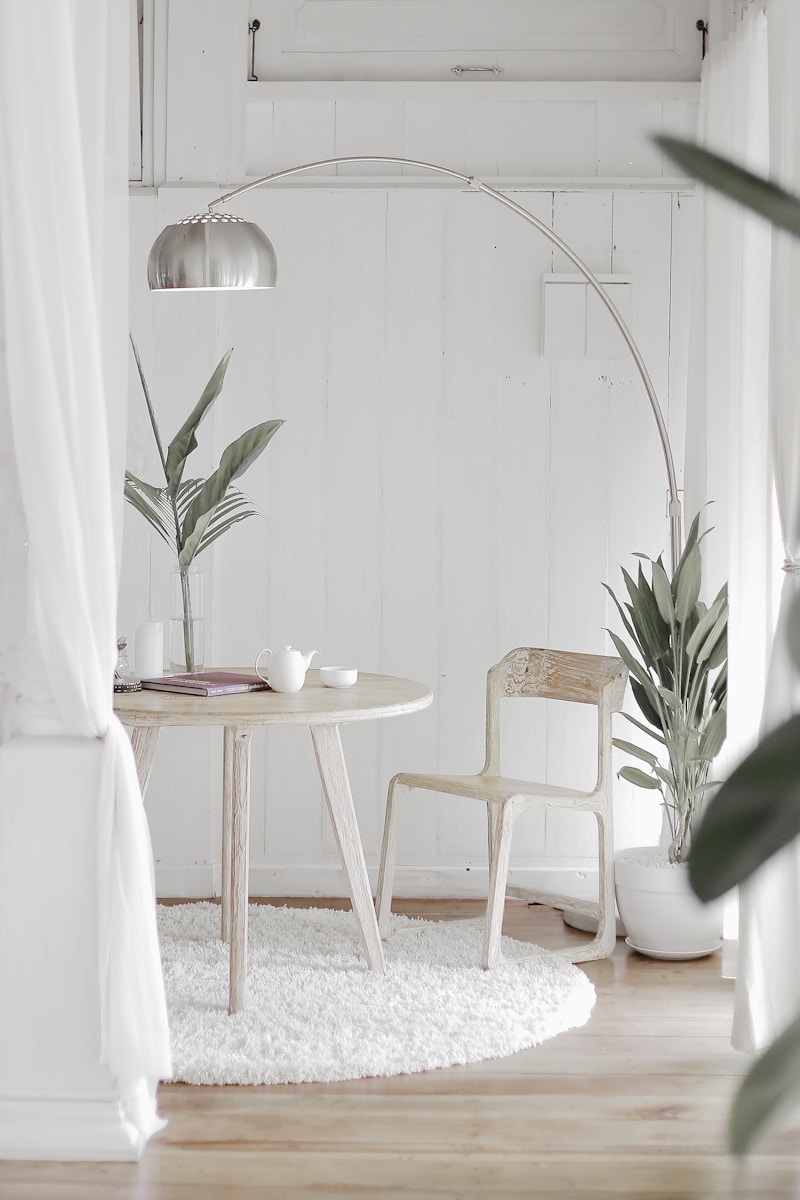Discovering the Beauty of Soft Hues and Muted Tones in Design
In the world of design, especially in interior decorating and digital graphics, color choice plays a pivotal role in creating atmosphere and evoking emotions. One trend that has captured the attention of designers and homeowners alike is the use of soft hues and muted tones. These colors, characterized by their subtlety and understated elegance, can transform any space into a serene oasis. This article will delve into the world of soft hues and muted tones, discussing their impact, application, and where to utilize them effectively.
What Are Soft Hues and Muted Tones?
Soft hues are gentle colors that are often pastel-like. They encompass shades such as light pinks, soft blues, dreamy lavenders, and pale yellows. These hues are visually soothing, creating a calming effect. On the other hand, muted tones refer to colors that have been desaturated or toned down by the addition of gray or browns. This results in colors that still hold beauty but are less vibrant. Examples include dusty rose, soft sage green, and taupe. Together, soft hues and muted tones can foster a tranquil atmosphere that is perfect for relaxation.
The Psychological Impact of Color
Colors significantly affect human emotions and behaviors. Various studies in psychology highlight how soft hues and muted tones can promote feelings of peace, comfort, and warmth. For example, soft blues are known to instill a calming sense of tranquility, while muted greens can evoke a connection with nature. By using these colors in various settings—whether it be homes, offices, or public spaces—designers can influence the mood of individuals, leading to improved well-being, creativity, and focus.
Applying Soft Hues and Muted Tones in Your Home
Using soft hues and muted tones effectively in interior design can create inviting and peaceful environments. Here are several tips on how to incorporate these shades into your space:
| Room | Color Suggestions | Combining Colors |
| Living Room | Light beige, soft peach | Pair with warm whites or muted greens |
| Bedroom | Powder blue, soft lavender | Combine with cream or light taupe for a tranquil atmosphere |
| Kitchen | Soft mint, pale lemon | Use with natural wood accents for a fresh feel |
| Bathroom | Soft gray, pastel aqua | Accessorize with plants and neutral tones for a spa-like ambiance |
Along with color choice, the materials you select in conjunction with these hues also play an essential role. For example, choosing softer fabrics such as cotton, linen, or velvet in shades of soft hues can enhance the overall effect in a room. Natural wood elements paired with muted tones create warmth and authenticity, whether in flooring or furniture.
Outdoor Spaces and Soft Hues
Soft hues and muted tones aren’t limited to indoor settings. Outdoor spaces can also benefit from these color selections. A patio filled with soft-toned cushions, muted planters, and pastel umbrellas can create a relaxing retreat. In the garden, choosing plants and flowers that exhibit soft hues such as pale roses or lavender can offer a visually appealing landscape without overwhelming the senses.

Combining Soft Hues with Other Design Elements
One of the biggest questions many designers have is how to effectively combine soft hues and muted tones with other colors and elements. Here are several strategies to achieve harmony:
- Accent Colors: Investigate using accent colors to create contrast. Soft hues work beautifully with deeper tones, such as navy or charcoal, to create depth in a space.
- Patterns & Textures: When incorporating muted tones, consider adding patterns and textures through fabrics or wallpapers. A muted floral print can add interest without being overwhelming.
- Layering: Utilize varying shades within the same color family to create a layered look. For instance, using various shades of soft green can add dimensionality to a space.
FAQs About Soft Hues and Muted Tones
With the growing interest in soft hues and muted tones, many commonly asked questions have emerged:
1. How can I determine if a color is soft or muted?
A soft hue is typically lighter and more pastel, while a muted tone will have a grayer or desaturated appearance. Test colors in natural light to see how they change.
2. Can soft hues and muted tones be used in commercial spaces?
Absolutely! Soft hues and muted tones are becoming increasingly popular in commercial design for creating welcoming environments in offices, restaurants, and retail spaces.
3. What are the best lighting options to enhance soft hues?
Soft, warm lighting—such as LED bulbs that resemble sunlight—can beautifully enhance the effect of soft hues and muted tones, making them appear more vibrant and inviting.
Conclusion: Embracing Soft Hues and Muted Tones
In conclusion, the incorporation of soft hues and muted tones into design can create feelings of calmness and peace. Whether you are working on an interior space or an outdoor area, these colors can serve as the foundation for a serene atmosphere. Emphasizing color psychology, pairing these hues with complementary elements, and considering the materials used will lead to beautiful, harmonious spaces. When selecting your colors, remember to gauge how they interact within the light and environment, as this profoundly affects their appearance.
With soft hues and muted tones steadily gaining popularity, it's a perfect opportunity for individuals to experiment and create their own tranquil havens. Follow the outlined suggestions, and your space will become a stylish, inviting, and relaxing retreat.